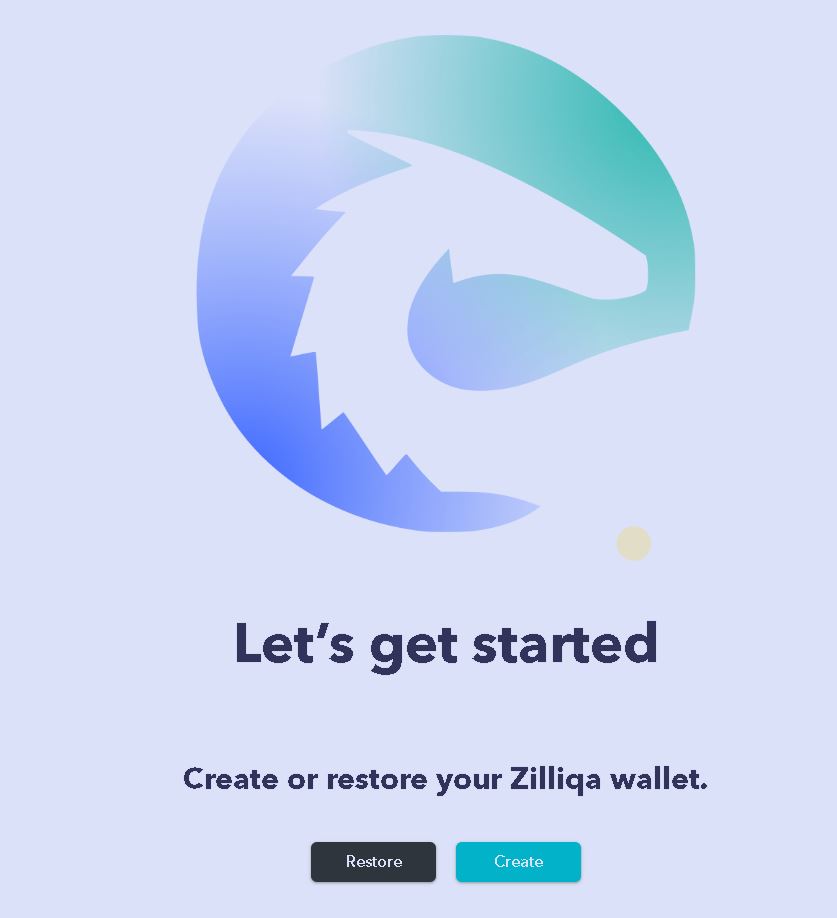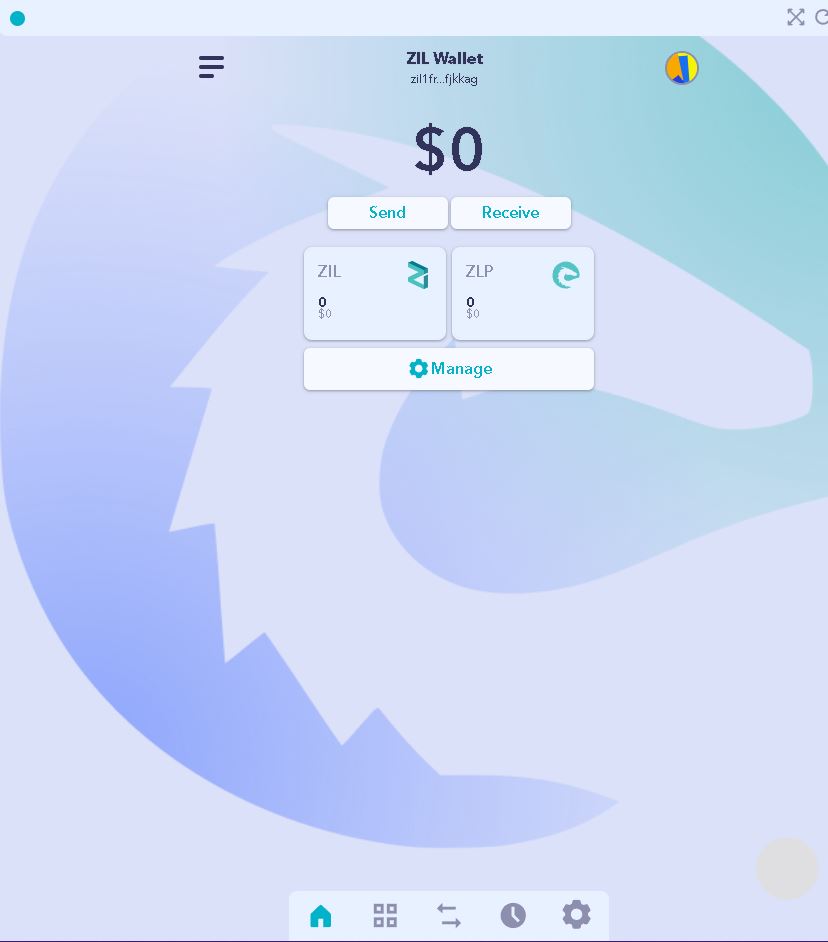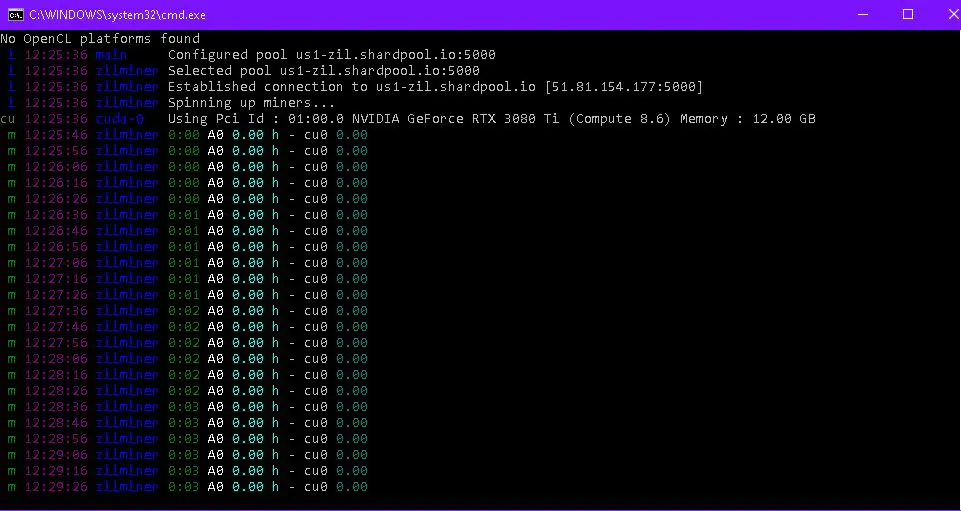Zilliqa is the latest cryptocurrency to go on an absolute tear of late. In the past month alone it’s jumped from around 4 cents to an incredible 22, then back down to roughly 11 cents where it sits to date. This market action has helped to shine a spotlight on Zilliqa, highlighting its unique features and impressive energy-efficiency.

What is Zilliqa?

Zilliqa is a cryptocurrency that originated in early 2018 and can be mined on the Ethash algorithm, the same one that Ethereum uses. Unlike most mineable cryptocurrencies, though, ZIL’s consensus mechanism isn’t actually proof-of-work.
Consensus is attained through Practical Byzantine Fault Tolerance (PBFT), of which Solana utilizes a variation for consensus. Still, proof-of-work is used for mining in order to establish mining identities and defend against Sybil attacks.
One of Zilliqa’s most notable features is its energy-efficiency, which makes it appealing as a coin to mine speculatively. While standard POW coins like Ethereum, Super Zero, and Flux require your GPU to run at near full throttle nonstop, Zilliqa’s more limited use of proof-of-work means that only 12 hours of full-speed hashing are required per month (since each POW can write multiple blocks).
This means that for the other ~708 hours a month, your GPU is idling and expending minimal power. This results in energy costs for Zilliqa mining that are around a ninth or tenth of Ethereum’s costs.
Additionally, Zilliqa’s network throughput increases linearly as miners increase. This means that as the network grows, transactions per second will increase proportionately. This makes Zilliqa extremely scalable, since miners tend to increase as network usage does the same.
At the time of writing ZIL has a market cap of 1.38 billion, and a fully diluted market cap of 2.3 billion (the market cap if the value remains constant when the total supply has been mined). ZIL’s supply is capped at 21 billion coins, of which 12.64 are currently in circulation.
Is Zilliqa worth mining?
It’s essential to note that even though Zilliqa is profitable to mine, it’s far less profitable than many other coins. At the moment Ethereum is currently the most profitable cryptocurrency to mine, and it appears as if this will be the case until it goes proof-of-stake sometime in 2022.
The primary reason you may consider mining ZIL rather than ETH, then, is its energy efficiency. If you’re looking to keep operating costs to a minimum and mine a coin that has potential to significantly appreciate, ZIL is probably your best bet.
Another reason you may mine ZIL over ETH or another more lucrative coin is that it’s far easier on your graphics card. If you don’t want to wear out your gaming GPU but still want to mine crypto, Zilliqa is the way to go. This way, you can still earn some rewards while keeping wear and tear on your video card to an absolute minimum.
Lastly, if you have a GPU with less than 6GB of VRAM and still want to mine, ZIL is a great option, since it only requires 2GB of VRAM.
Create Zilliqa Wallet
Before you can mine you need a wallet in which to store your ZIL funds. We recommend ZilPay, as it’s an easy-to-use Chrome extension. Add it to your browser and you’ll be taken to the Let’s get started page.
From here, click on Create.

From there, you’ll be assigned a secret phrase of either 12 or 24 words. Of course, a 24-word key is more secure but is more to write down. It’s probably worth the one-time effort to select 24.
Write these down on a piece of paper and store them somewhere safe. If anyone gets a hold of your secret phrase they’ll have full control of the funds in your wallet. You’ll be asked to confirm the pass phrase to ensure you’ve written it down correctly.
Finally, name your wallet and enter a password. This password will be used to access your funds via the Chrome extension, so make it secure.
Your wallet should look much like the one shown below. To find your ZIL address, simply click below your wallet name (in the image below it’s ZIL Wallet); this will copy your address to the clipboard. You’ll need this later on when configuring a miner.

How to Mine Zilliqa
Even though ZIL is mined using the Ethash algorithm, its implementation is different so you’ll need to download a dedicated Zilliqa miner. In other words, you can’t just recycle an old batch script from NBMiner, GMiner, or anything similar.
Download ZilMiner

To download the ZIL miner, head over to ZilMiner’s GitHub repo. Find the latest version and download the file appropriate for your operating system. In this instance, we’re downloading the one ending in 10.0-windows-64.zip since we’re on Windows.
Once downloaded, create a new folder on your desktop (or wherever you prefer) and name it ZilMiner or something else memorable. Move zilminer.exe into this folder, so that it looks as shown below:

Choose a ZIL Mining Pool
Now, you’ll need to choose a mining pool. You can view a list of pools here, but we highly recommend ShardPool. They have an excellent configuration tool and make up over a fifth of the total network hashrate and charge a reasonable 1% fee.
Configure Your Batch File
Finally, you need to configure a batch file so that you can run ZilMiner with a simple double-click whenever you please. To do this, navigate back to your ZilMiner folder. Right-click and select New > Text Document. Name it mineZil.bat, making sure to delete the .txt file extension that was previously there. The OS may prompt you to confirm these changes; select Yes.
Next, you need to create the mining script. You can do this manually by inputting the appropriate fields in a pre-formatted script, or you can use ShardPool’s batch file configuration tool. We highly recommend the latter, but we’ll cover both methods in this guide.
To manually create your batch script, fill out the parameters in angle brackets with those specific to you.
ZilMiner.exe -P zil://<WALLET_ADDRESS>.<WORKER_NAME@<POOL_SERVER>:<POOL_PORT> --report-hr=1 --work-timeout=99998 --retry-delay=998 --farm-retries=99998Remember that your wallet address can be found in ZilPay. Worker name can be anything you please; this will be how your specific machine is identified in the pool’s UI. The pool server and port will be provided in the pool’s documentation; for best results and lowest latency select the server located closest to your location.
If you choose to use ShardPool’s tool, select Single Mining (if you only want to mine ZIL). The rest of the parameters should be intuitive.
Your finished product should be look something like this:
ZilMiner.exe -P zil://zil1fr9z5d28c9mxxp5eth9d9zlywlr4gq9yfjkkag.RTX3080Ti@us1-zil.shardpool.io:5000/api --report-hr=1 --work-timeout=99998 --retry-delay=998 --farm-retries=99998Finally, copy the script you’ve created. In your ZilMiner directory right-click mineZil.bat and choose Edit. Paste the completed script in and save the file.

Double-click on the batch file and it will open a window like the one below:

Just like that, you’re mining Zilliqa. Fund will be automatically sent to your wallet when you reach your pool’s designated payout threshold.
Viewing Pool Rewards
From your pool’s website it’s easy to view your mining performance across all machines (as long as they’re configured to mine to the same wallet address). Find a search box that asks for Miner Address or something similar, and paste your ZIL address into the bar and search.
You’ll be taken to a page showing your mining rewards, average hashrate, and more.




